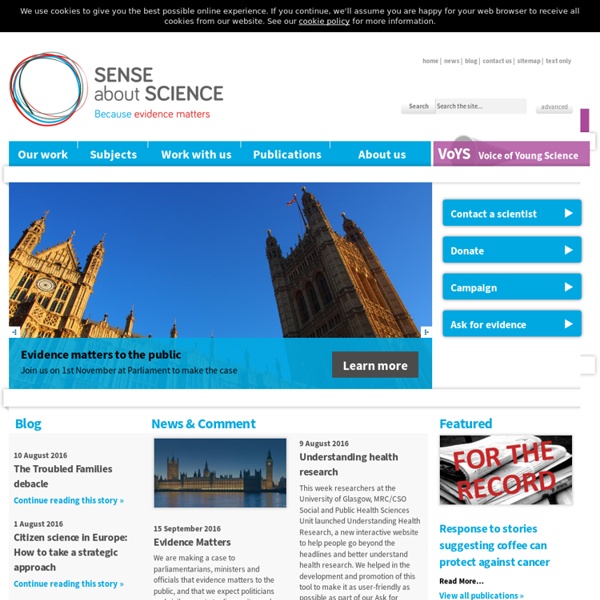



Word Spy The History of England the free library Online Etymology Dictionary Timeline of the Kings and Queens of England - The Plantagenets The Plantagenets 1216 - 1399 Angevins King Henry II 1154 - 1189 King Richard I the Lionheart 1189 - 1199 King John 1 1199 - 1216 Plantagenets Age 9 - 65 Eldest son of John I Born: 1 October 1207 at Winchester Parents: King John and Isabella of Angouleme (French) Ascended to the throne: 18 October 1216 aged 9 years Crowned: 28 October 1216 at Westminster Abbey Married: Eleanor of Provence (French), Daughter of Raymond Berenger Children: Six sons including Edward I, and three daughters Died: 16 November 16 at Westminster, aged 65 years Buried at: Westminster Abbey Succeeded by: his son Edward Henry, crowned when 9 years old, did not take full control of England until 1227 when he was 20. In 1264 Henry was captured during a civil war and was forced to set up a 'Parlement' (from the French "parler", to talk) at Westminster, the start of the House of Commons. 1220 Building of Salisbury cathedral begun His eldest daughter Margaret married Alexander 3rd King of Scotland. King of England from 1272
Britannica.com videolectures.net George McCourt Teaching Snapshots I was never sold on the traditional exam method because once you leave school, you will rarely, if ever, be in that situation again. I believe in creating assessment strategies that are reflective of the real world, and which focus on student-centred learning. For example in my Geosystems course, students create mineral and rock identification keys, which first require them to teach themselves the basics of mineral and rock identification. I have also introduced open-book, open-discussion lab exams, which, by having students discuss and defend their answers, become much more real-world, problem-solving experiences that students can benefit from throughout their careers. In another course, Global Environments, an assignment asks students to research and present both sides of a complex environmental issue. Oral presentations are another extremely important tool that I use in a couple of courses.
Primary Resources and Real-World Data Where can I find historical speeches, posters, and maps? My students like real-world data and statistics for math problems, where can I find this type of information? What are the best sources of historical documents, oral histories, and other authentic resources? The Internet provides access to a wide range of primary resources such as letters, diaries, journals, logs, data, documents, speeches, and videos. Students can also create authentic information through collecting oral histories, conducting polls and surveys, and keeping journals. Read Making Math/Science Meaningful for ways to create inquiry-based authentic experiences with real-world online resources. Use the following links on this page for resources: Go to escrapbooking.com. Remember, you can always find good resources in the news at CNN, USA Today, or other resources at Teacher Tap: News Resources. Primary Sources 100 Milestone Document American Memories from the Library of Congress Tinfoil